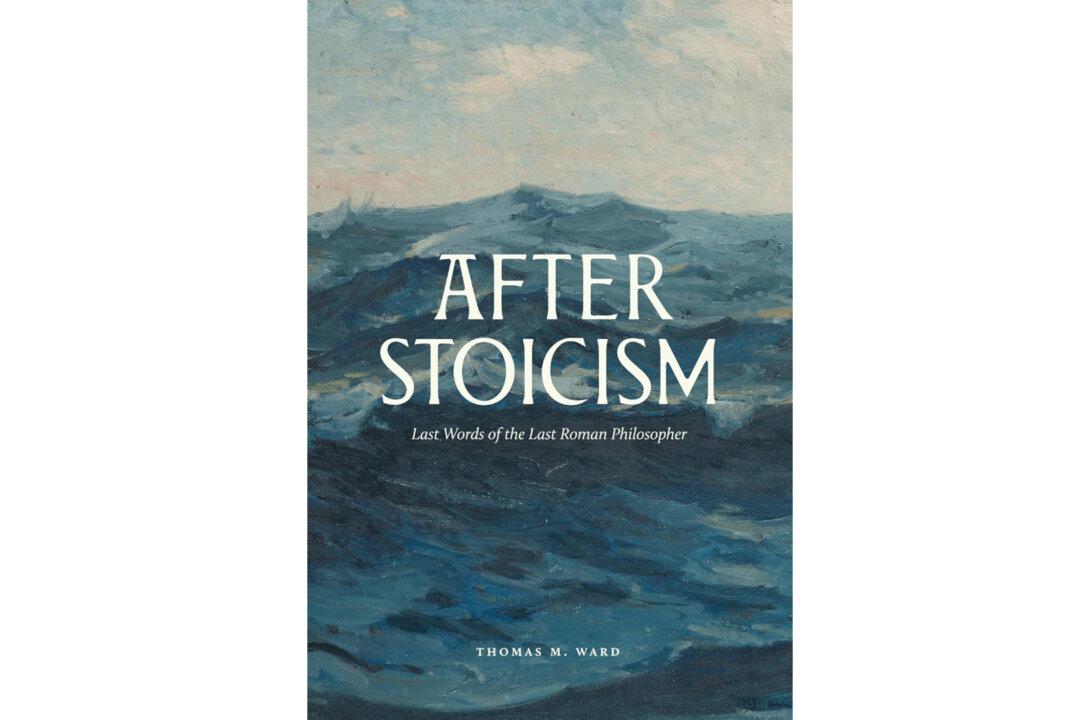Agincourt is one of the, if not the most famous battle of the Hundred Years’ War between England and France. Its international fame is due primarily to its depiction in William Shakespeare’s “Henry V,” which includes one of the most famous speeches (fictionalized as it is) in all of history―the St. Crispin’s Day speech. But enough about the fictionalized version, Livingston’s attention, as a military historian, is drawn to the facts leading up to and involving the battle.
Oddly, the author makes the case that a number of things we know, or think we know, about the battle have been, for lack of a better term, fictionalized.

Firstly, the History We Know
In summary fashion, Mr. Livingston guides the reader through what is correctly known about the era: how English lands on the continent actually belonged to France; the death of England’s Edward III and the crowning of 10-year-old Richard II; the peasant revolt and deposition of Richard II by Henry Bolingbroke (Henry IV); the death of France’s Charles V and the crowning of his 11-year-old son Charles VI, who becomes insane and receives the moniker of Charles the Mad; and of course, the rise of Henry V. Catching the reader up on where things stood politically between the two nations, Livingston brings us to 1415―the year of Agincourt.By this time, the Hundred Years’ War had been going on for more than 75 years, therefore the English launching an invasion into France is almost expected. But why did they invade?
Secondly, the History We Think We Know
Once the invasion commences and the English land at Cap de la Héve, Mr. Livingston begins his onslaught on traditional thought―slowly at first, moving methodically, and then aggressively as events progress. But this revisionism is not a savage attack on history for the sake of attack. I would hardly call it an attack at all. If anything, Mr. Livingston isn’t simply asking for the reader, and therefore fellow historians, to rethink their suppositions and notions about the battle, but he is asking for us to consider, or actually reconsider, the sources, specifically the original sources. As he does in his book on Crécy, Mr. Livingston reverts to the original sources, those who were either there at the battle or were at least contemporaries of the time. He visits those writers who have, for some reason or other, been ignored.After the siege of Harfleur, which takes place shortly before Agincourt, Mr. Livingston discusses how Henry V had incidentally placed himself in a near inescapable corner. The siege had taken longer than expected, and disease (especially dysentery) had killed or weakened more soldiers than anticipated. Retreat, however, was hardly an option as the author indicates, noting that Henry V “was still not in complete control of his kingdom” and that to return to the island so soon would court disaster.
Lastly, What We Apparently Don’t Know
But where did the fight take place? According to Mr. Livingston, the traditional location is wrong. Laughably wrong.The author has long preached a simple message when it comes to understanding a battlefield: “A battle is its ground.” One can either take that with a shrug and a nod or one can earnestly agree. To do the former is to hold fast to tradition more than accuracy. To do the latter is to realize that decades, even centuries, of thought could possibly be built on unstable ground. This leads to Mr. Livingston’s professional mantra, which is simply “get the history right.”
The location of the battle is where Mr. Livingston conducts what he calls his “stress test.” If the traditional knowledge can stand up to it, then the tradition is correct, or at least stable enough to remain unaltered.
The author takes the traditional battlefield and reconstructs it exactly how everything would have been assembled―archers, men-at-arms, horses, baggage train, and so on. Mr. Livingston plays the foolproof method by being ultraconservative with his numbers. He places far fewer soldiers on the field than were believed to have fought at Agincourt. He then studies the forestry of then and now, and how, contrary to belief, the number of trees in the specific area was less at the time. There is also a French castle to account for, which has been consistently ignored by historians, despite the fact that it would have been right on top of the English king’s left wing.
Mr. Livingston, however, leaves Henry V in good standing as a brilliant leader and strategist. The English did win the battle, after all, in large part to the king’s decision-making. The changing of the location, which Mr. Livingston believes to be slightly southeast of the traditional site, would leave the French, just as in his Crécy book, looking more comparable to a legitimate fighting force and less like bit players in a Monty Python skit (something Mr. Livingston references in the book).

The Hard Route
Mr. Livingston is well aware that producing works like “Agincourt: Battle of the Scarred King” rouses, at least among some, the ire of historians. But it isn’t Mr. Livingston’s fault that historians have assembled houses of cards, which, with a little initiative, the use of contemporary sources, and some rudimentary math can bring those houses down. The author actually does utilize the latest technology to reach some of his conclusions, but what has been made painfully obvious (or tragically, to maintain a Shakespearean theme) in his works is that he (or any other historian using those three aforementioned resources) could have done this a century ago, even several centuries ago, and reached many of the same conclusions.The fact is Mr. Livingston has taken the hard route, the unbeaten path, to make his mark. The author has placed a mirror up to these battlefields and has proven them, far more likely than not, wrong. Incidentally, he has done the same for many historians. Figurative arrows to tradition are brutal and painful, but, as with Henry V, surgically removing them, and even displaying the scar as a reminder, will only make the field of history stronger.
Mr. Livingston has, again, written an enjoyable, necessary, and fresh account of a piece of history we all thought we knew.








